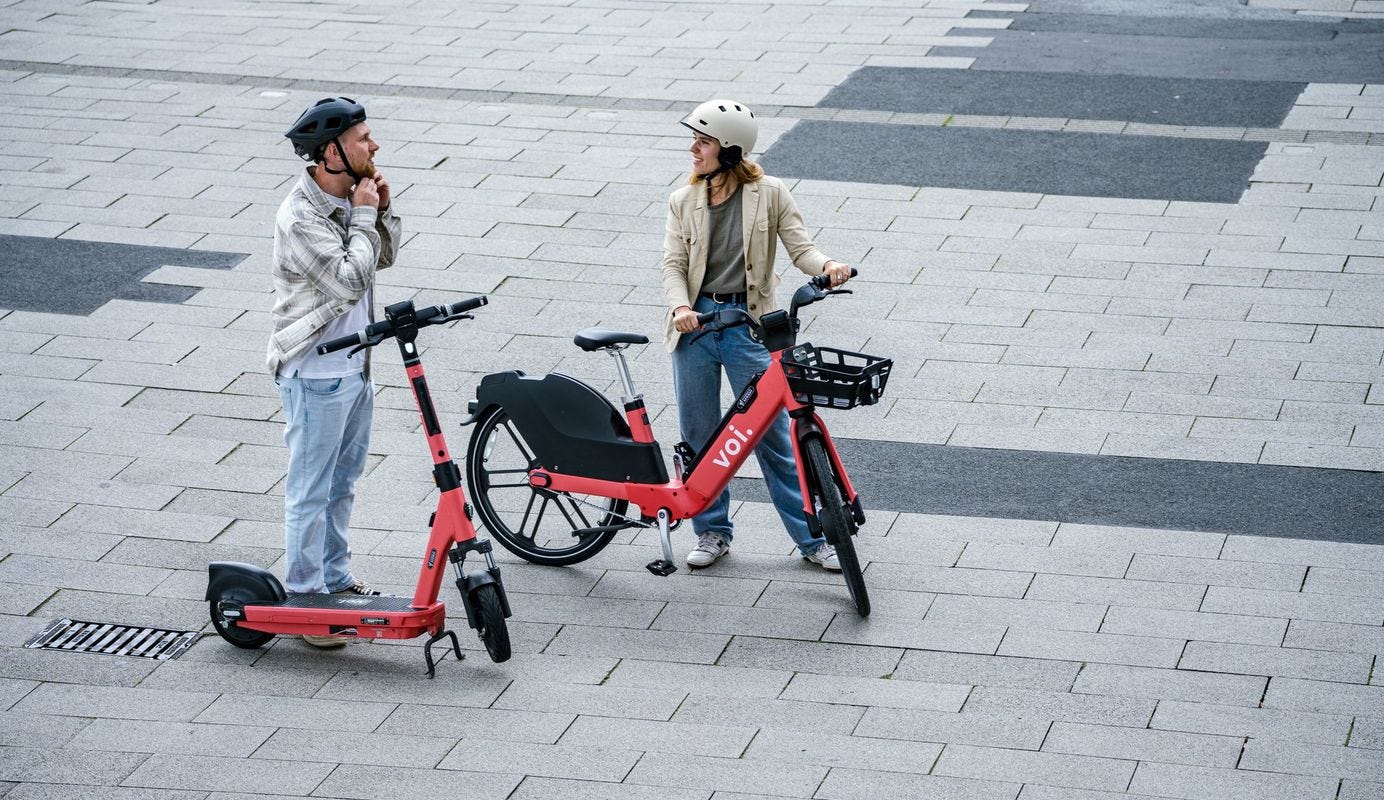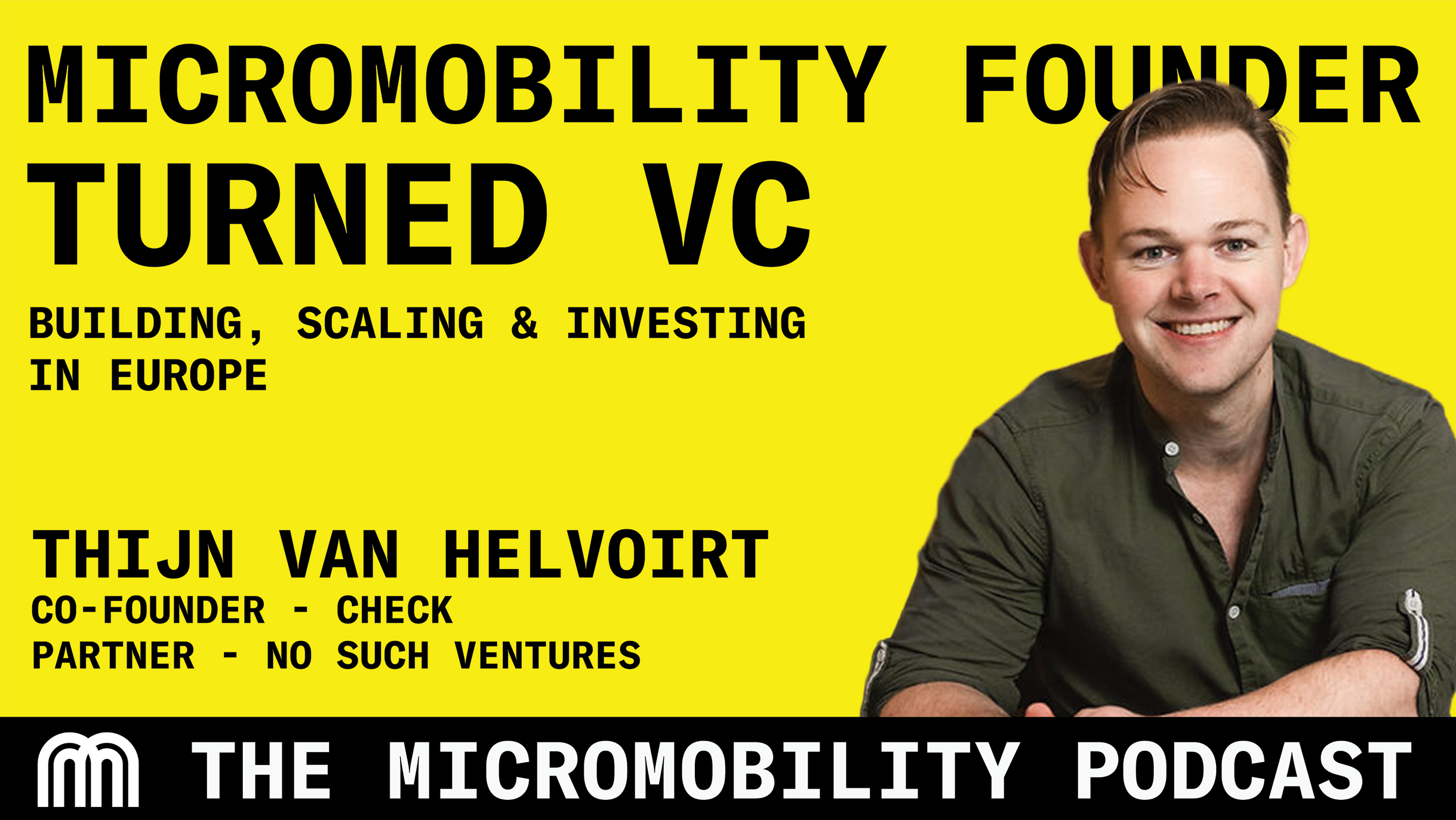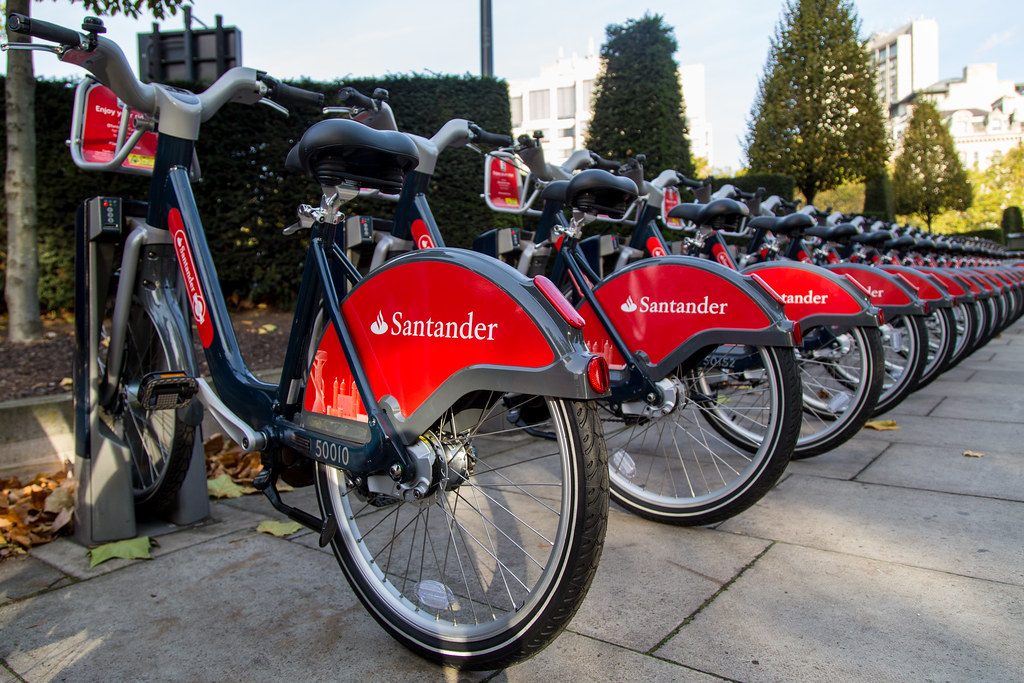By 2050 7 billion people will live in cities. This is not a controversial claim. It’s a projection from the United Nations.
This means that, within one generation, an additional 2.5 billion people will move into cities. If you consider Marchetti’s constant, on average, each of these 7 billion people will travel for one hour each day. If you estimate the “average speed” of urban travel to be 10 mph then the demand for urban “personal miles traveled” will top 70 billion per day or 25 trillion each year. If you consider only additional demand, cities will need to supply an additional 10 trillion miles of travel.

Today there are about ~30 trillion miles of personal miles being consumed, across all modes. We are thus looking at one third more travel demand being generated in cities in the next 30 years.
If we remain on the present infrastructural path then these miles will need to be delivered by additional automobiles, buses, trains and some two wheeled motor vehicles in cities. Now let’s consider how many would be needed. First, if the current ratio is preserved, over half of these miles will be automobile miles. The number of cars added to cities will be about 1 billion, even if partly shared.
The number of buses, trains and motorcycles/mopeds will also grow proportionally.
But where will they drive? On the same streets we have now? Some of these cities will grow in size, some new cities will be created but within 30 years very little infrastructure can be added to existing cities, especially old, developed ones.
And consider the burden of these additional cars. The world already has about 1.2 billion cars (1.4 billion vehicles including trucks and buses). Adding 1 billion more cars for urban use alone will weigh very heavily on societies.
According to Copenhagenize, cars add $0.9 per mile to societal costs including factors such as increases in health care, accidents, noise, climate, pollution, and decreases in productivity due to congestion. That’s $9 trillion additional societal costs in cities.
But that’s not even the worst burden. Each car is only utilized 5% of the time it’s owned. So for 95% of the time it needs to be parked or stored. Car storage requires at least 3 parking spots per car. So we have to find or build 3 billion parking spots in cities.
How much does this amount to? Each car needs the real estate equivalent of a one bedroom apartment. So if we add 2.5 billion people to cities we will not only need to find about 1 billion new housing units for people but also 1 billion housing units for their cars.
So how much will housing 1 billion cars cost? In cities? If we assume real estate costs per housing unit are $100k then the new urban cars will need the equivalent of $100 trillion of urban real estate.
So as we look at the next 30 years here’s the urban car bill: $100 trillion for car storage and $9 trillion/yr.

But this is an absurd amount. The entire world economy in 2019 is projected to be $88 trillion. It’s more an argument for avoiding opportunity costs.
Maybe it could be argued that economic growth will handle this new burden. Maybe there is a return on this automotive investment. Maybe. But what if you could get the return without the hundred trillion dollar bill?
This is an economic argument in the form of a reduction to absurdity of the present trajectory. It’s quantitative and analytical.
But it’s not enough to persuade.
Consumers are not persuaded by these arguments as they are not persuaded by environmental arguments because they are appeals to sacrifice and sacrifice is rarely persuasive.
Arguments for micromobility should not be petitions for efficiency. Yes, micromobility is sustainable. It is efficient on an environmental basis, real estate use basis, and economical basis. But that is not why people will switch.

They will switch because micromobility is more fun. Because it’s liberating and because it just feels better.
I believe you'll will be drawn to micromobility through the sheer joy of getting through a city quickly, with hearts racing, with a huge grin on your face. You’ll be drawn because it’s faster, more efficient, more effective but also more, much more, fun.
Our message to all entrepreneurs is this: we can’t measure fun easily. We can’t measure smiles as readily as we measure miles. But that is what drives change. Design for emotions not logic.


.svg)
%2Bcopy.jpeg)


.svg)












